White Nile Camps
Multi-sectoral Needs Assessment
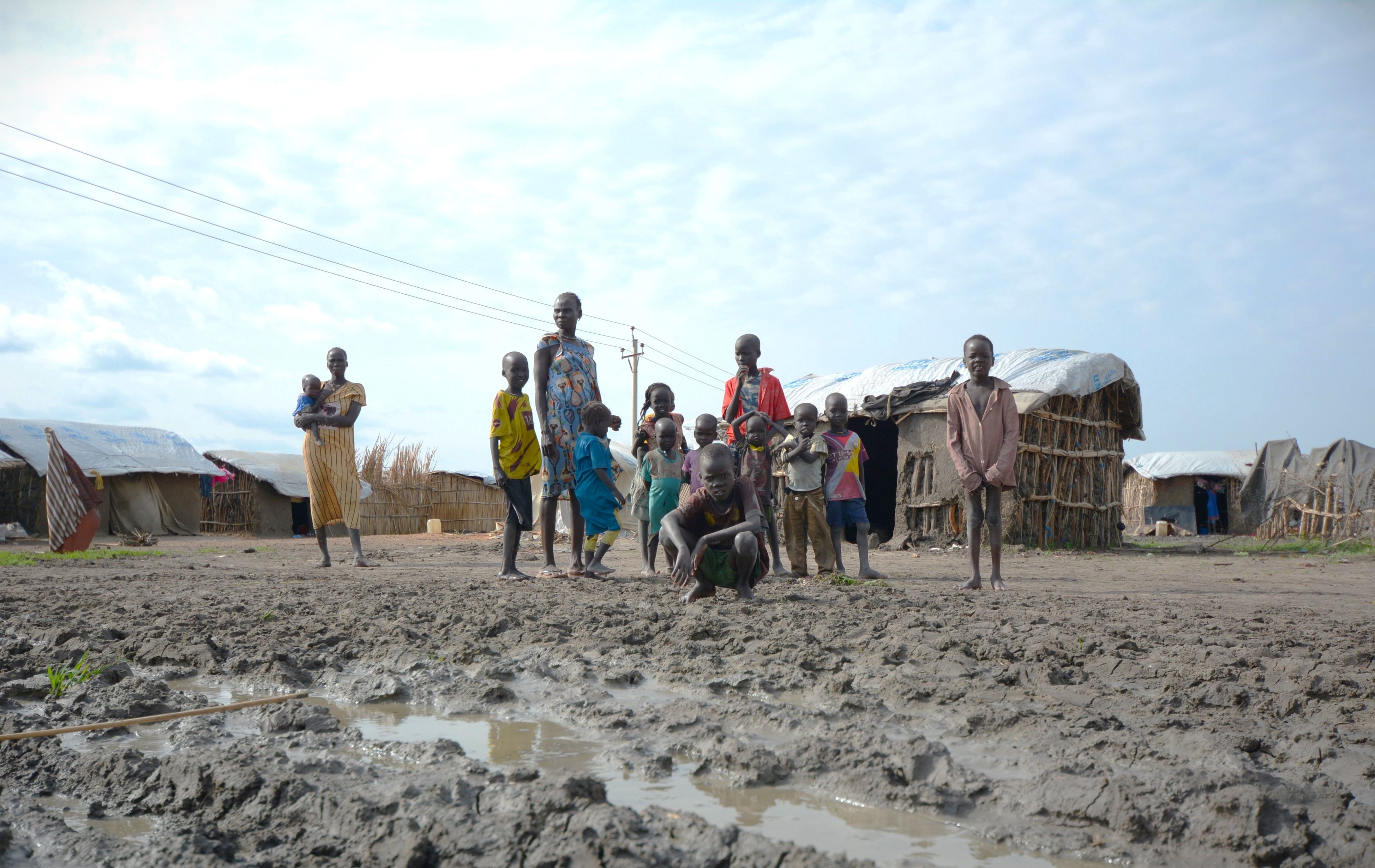
A neglected crisis. Despite hosting the second-largest refugee population in the country, White Nile still represents one of the most underserved and neglected humanitarian responses in Sudan. Close to 274,000 refugees are living in the state, all of them South Sudanese.
Every year since 2013, new asylum seekers flee South Sudan to White Nile. In 2021, 49,300 South Sudanese refugees crossed the border, turning White Nile into the largest refugee emergency of the year. More than 12,000 refugees arrived between January and August 2022.
Despite growing vulnerabilities, however, only four international non-governmental organisations and six UN agencies are present in White Nile.
Yearly flooding. During the rainy season, tens of thousands of people in White Nile are displaced as dwellings, villages, camps and roads are submerged by heavy floods. Out of the nine established camps, seven are routinely cut off from road access.
In 2021, about 36,000 newly arrived refugees were placed in a new settlement called Al Ghana. A few months after its creation, the camp was completely submerged by floods. Al Ghana’s refugees were dispatched to overcrowded camps, while others went on living in makeshift shelters within the host community. A year after the destruction of the camp, Al Ghana’s refugees are yet to be relocated to a safe and appropriate location.
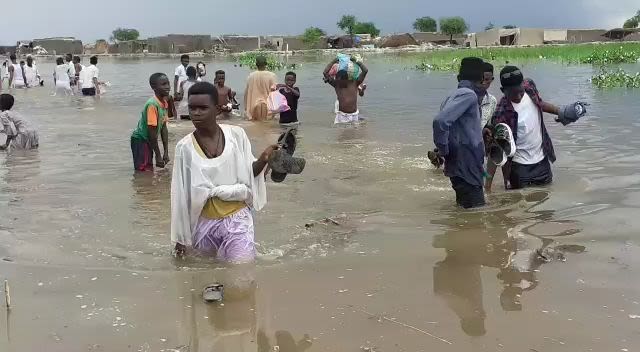
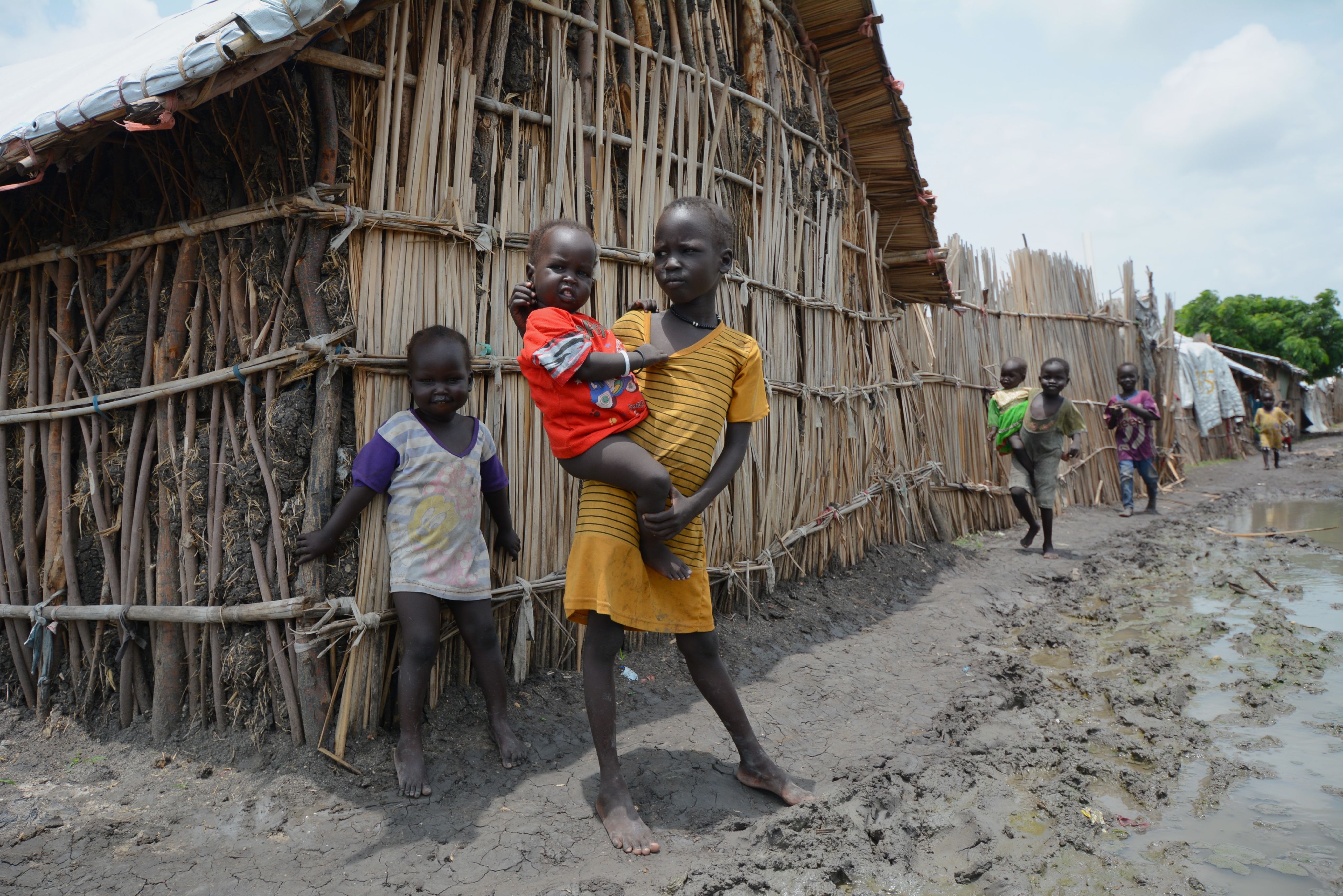
Dabat Bosin refugee camp, White Nile state, Sudan | Photo: Ahmed Omer/NRC
Dabat Bosin refugee camp, White Nile state, Sudan | Photo: Ahmed Omer/NRC
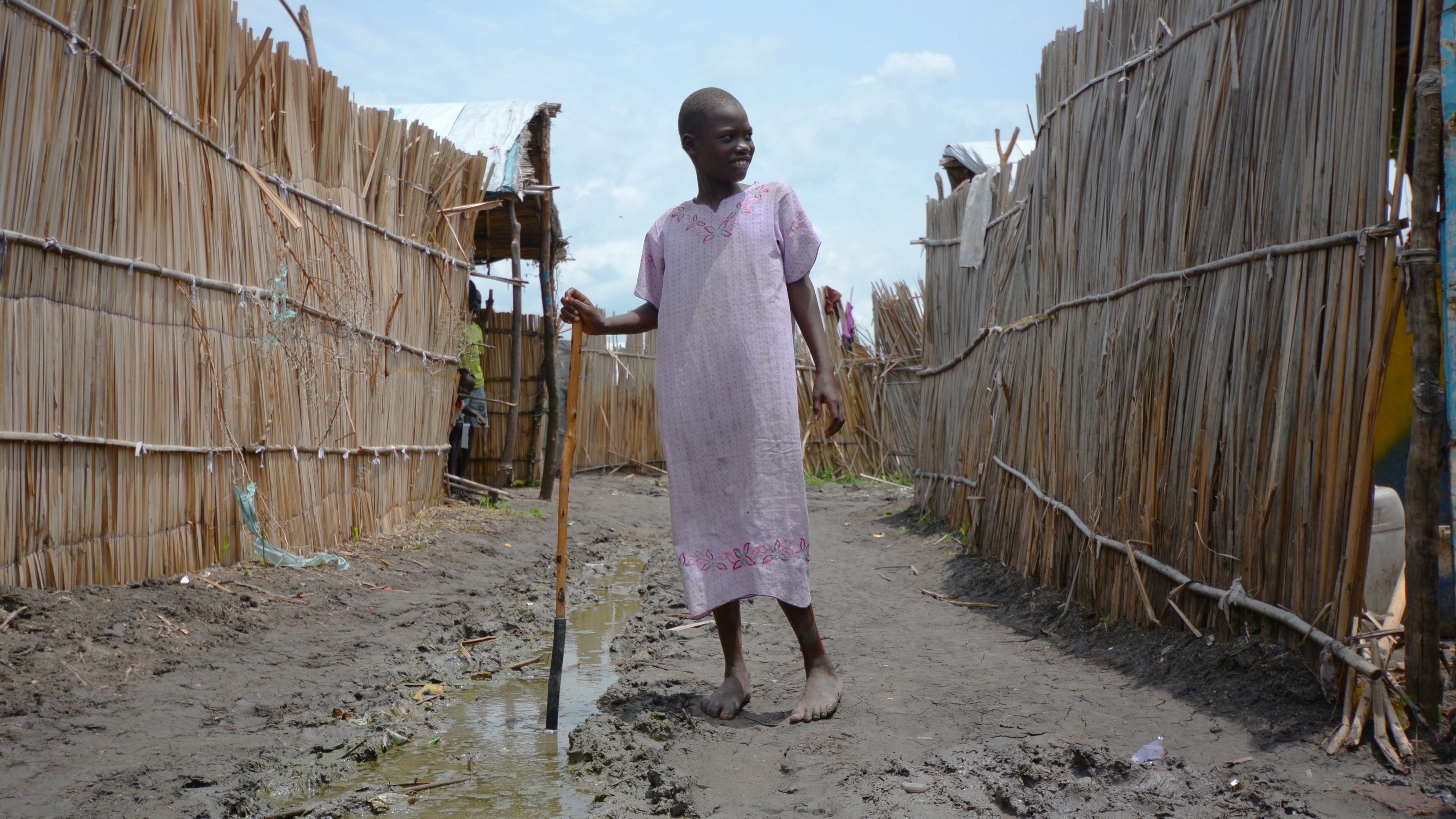
Dabat Bosin refugee camp, White Nile state, Sudan | Photo: Ahmed Omer/NRC
Dabat Bosin refugee camp, White Nile state, Sudan | Photo: Ahmed Omer/NRC
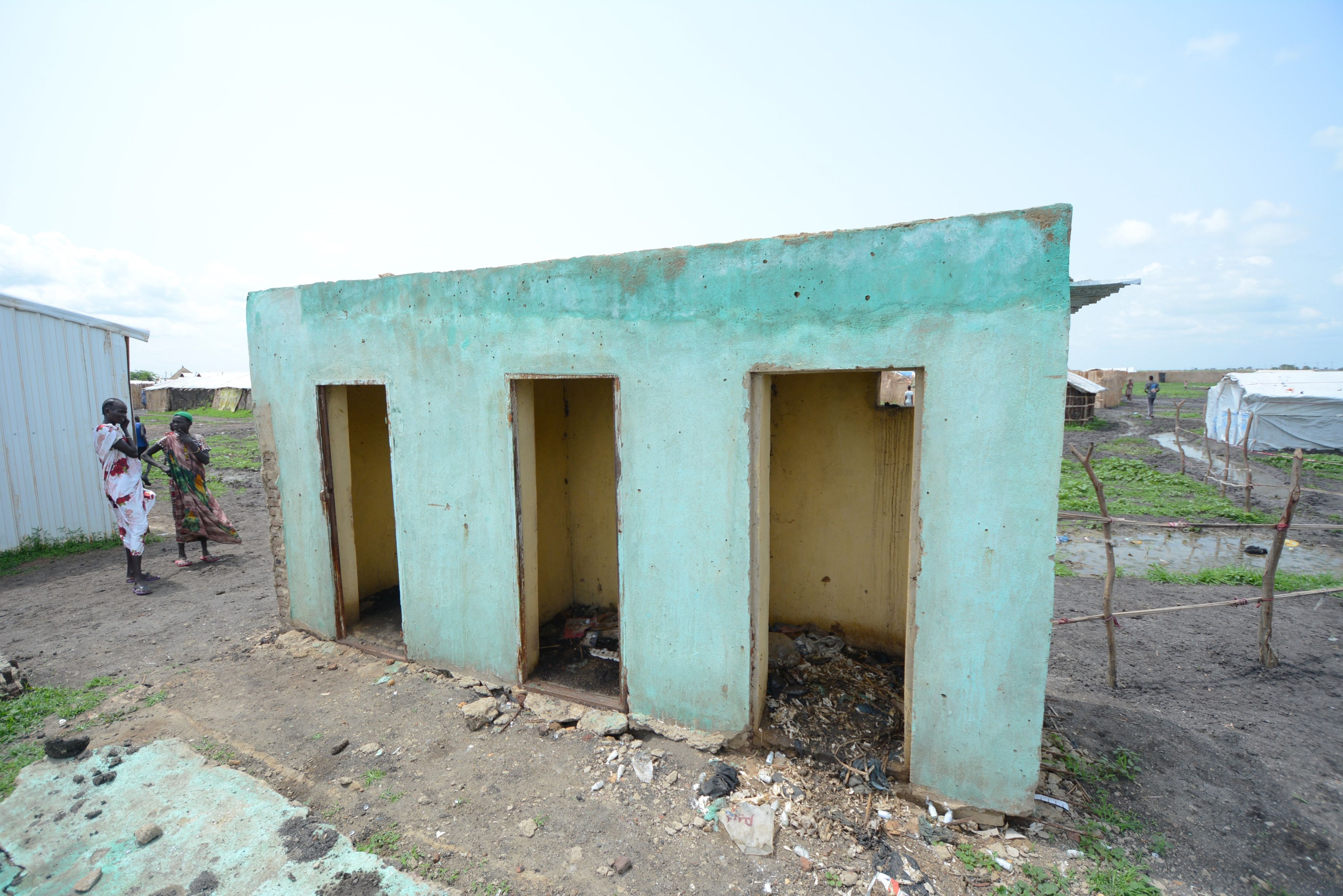
Twenty-six per cent of the population engages in open defecation because of the lack of available sanitation facilities or because they must share the same latrine with more than seven people | Photo: Ahmed Omer/NRC
Twenty-six per cent of the population engages in open defecation because of the lack of available sanitation facilities or because they must share the same latrine with more than seven people | Photo: Ahmed Omer/NRC
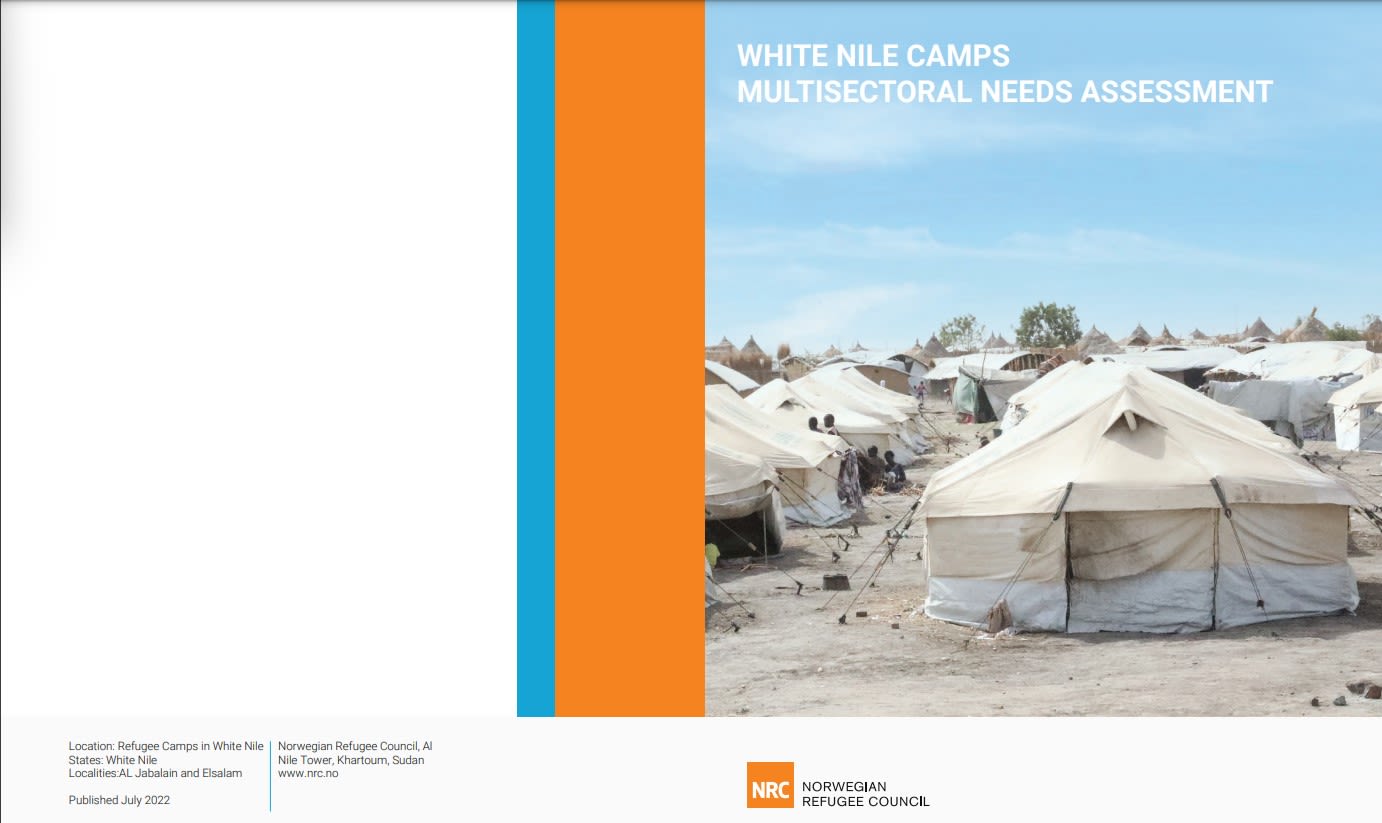
This report is an effort to tackle one of the most neglected and under-reported refugee crises.
This report is an effort to tackle one of the most neglected and under-reported refugee crises.

Dabat Bosin refugee camp, White Nile state, Sudan | Photo: Ahmed Omer/NRC
Basic services in jeopardy amid decreasing funds
Eighty per cent of the refugee population of White Nile lives in camps. Filled to their maximum capacity and not meeting the minimum humanitarian standards by far, they are chronically under-served and are greatly affected by the decrease in funding.
Since June 2022, refugees who arrived in Sudan more than two years ago also saw their food ration cut in half because of the decrease in funding.

Dabat Bosin refugee camp, White Nile state, Sudan | Photo: Ahmed Omer/NRC
Potential for durable solutions?
Despite its growing severity, the crisis in White Nile does offer some untapped opportunities for durable solutions and development. Compared with other highly vulnerable states, White Nile offers a relatively stable environment.
In adopting an encampment policy, authorities have also demonstrated willingness to facilitate the movement of refugees outside of the camps, including for livelihood opportunities.
In the longer term, authorities, host communities, development and humanitarian partners and the refugees themselves could find large benefits in working towards the economic inclusion of refugees at the local level.

Twenty-six per cent of the population engages in open defecation because of the lack of available sanitation facilities or because they must share the same latrine with more than seven people | Photo: Ahmed Omer/NRC
Assessment
NRC conducted a multi-sectoral needs assessment in the White Nile camps from May to June 2022. In total, NRC conducted 424 Key informant interviews (KIIs), 10 technical observations, and 32 Focus Group Discussions, across the nine camps.
Among the respondents to the KIIs, 73 per cent were women and 27 per cent were men.

This report is an effort to tackle one of the most neglected and under-reported refugee crises.
Main findings
Only five per cent of the surveyed households could meet all of their needs with the income they earned.
Adult refugees report an average of 1.8 meals per day. That is the same as children and adolescents between six and 18 years old, while children younger than five have two meals a day. Such patterns have an extreme impact, especially in the most at-risk categories of young children.
According to UNHCR, 45 per cent of refugee children living in camps are enrolled while 55 per cent are out the school. NRC assessment shows that only 25 per cent of schools have access to both safe water and gender-segregated latrines. Most of the schools have neither latrines nor handwashing facilities.
According to refugees, the last distribution of shelter materials took place in 2017. While the vast majority live in shelters made of local material, the refugees from Al Ghana camp still live in tents since their camp was flooded a year ago.
The estimated consumption of water per person is only 20 liters of water per week. This is 80.95 per cent below the minimum SPHERE standards. Fifty-two per cent of the respondents reported that running water is only available between two and five hours a day, while 35 per cent said it was available for less than two hours a day.
Twenty-six per cent of the population engages in open defecation because of the lack of available sanitation facilities or because they must share the same latrine with more than seven people (18 per cent of respondents).
The most common risks that refugees face in the camps are harassment and abuse during water or wood collection, an activity undertaken by women, (42 per cent), early pregnancy (24 per cent), child marriage (14 per cent) and gender-based violence (11 per cent). Observations and consultations reveal that there is a large and growing number of Unaccompanied asylum-seeking children.
A previous NRC research found that awareness and use of mobile internet were low, with just 56 per cent of refugee respondents having heard of it.
The assessment showed that 11 per cent said they had no access to mobile coverage and had to go out of the camp to get it. The majority of respondents said only had coverage 'sometimes'.
Some refugees have been in the camps for years, but only 58 per cent reported having a refugee registration card, only eight per cent have birth certificates, and only two per cent have marriage certificates, a reality that restricts refugees' access and right to full assistance packages.
With no return perspective, 72 per cent intend to stay in the camps, despite substandard and undignified conditions.
For refugees in White Nile, the protracted nature of their exile has meant a steady fall to oblivion. The humanitarian response has remained minimal, far below international standards.
The intention survey among refugees indicates that the overwhelming majority of refugees in White Nile have no choice but to remain where they are, mainly because of insecurity in their place of origin.
What does this mean for the foreseeable future? There will be continuous needs that the humanitarian community should address. There also has to be a more strategic approach to refugee response, one that builds on refugees' resilience and skills to improve self-reliance, alleviate pressure on the host community, reduce aid dependency, and foster social cohesion.
White Nile offers opportunities to test out models for refugees’ economic inclusion that benefit both refugees and host communities. On the other hand, if the status quo prevails, White Nile’s population in need is likely to face further adversity, driven by the spiralling crisis that Sudan is living today.
Report's general recommendations:
- Immediately prioritize White Nile’s refugee response with multi-year and flexible funding that will address both emergency response (floods and new arrivals) and resilience building. This should also include resources to improve the coordination and the production of timely information and evidence to feed the response;
- Engage at the policy level to encourage more flexible encampment policies, including the possibility of turning camps into settlements;
- Accelerate the adoption of a Durable Solutions Strategy for refugees, including the implementation of South Sudanese refugees’rights to work, as committed in the “Four Freedom” document;
- Develop contextualized and comprehensive self-reliance models for White Nile’s refugee population, that include linkages with host communities, the private sector, local authorities, and humanitarian and development actors.

